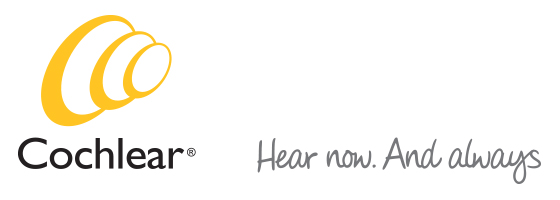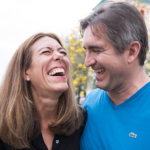After three days lost somewhere in the Caribbean Sea, Mark Campbell-Foster (AuD. and bilateral Cochlear™ Nucleus® recipient) and his Nucleus® 7 were reunited, thanks to a stranger with an underwater metal detector. 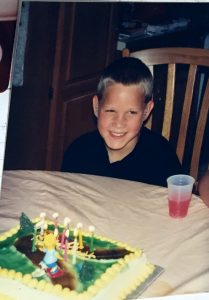
Vacationing with his mother, Denise, in Aruba recently, Mark’s Nucleus 7 and its Aqua+ spent three days underwater* covered by the island’s white sand which made it impossible for Mark or his mom to locate the lost sound processor. Luckily, Mark was wearing his Kanso® sound processor on the opposite ear and still had one ear to hear! Relying on one ear reminded Mark of his decision to become a bilateral Nucleus® cochlear implant (CI) recipient and he shared this story…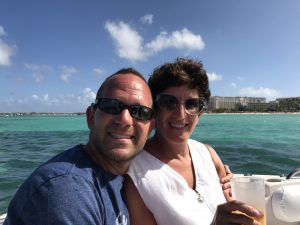
As a university junior, Mark Campbell-Foster made the decision to receive his first cochlear implant. That decision was driven, in large part, by his inability to hear his mom over the television one evening. Mark and his mom, Denise, have always been close and it was her voice that he says, “his brain remembered the most.” When he could no longer clearly understand her, he made the decision to receive his first Nucleus cochlear implant. Denied by insurance, Mark’s parents offered to pay for the device out-of-pocket – luckily, a second insurance request was approved and Mark could be implanted during the next school break.
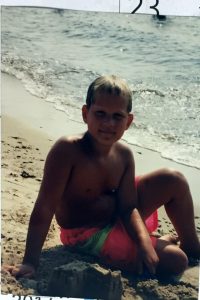 As a young man faced with the choice between two CI brands, Mark says that he chose Nucleus for what he felts was an “edge on design and the availability of a small headpiece coil.” Today, he is thankful for the ability to continually upgrade to new technology and, as you read earlier, he is glad that Cochlear now offers the Aqua+ to keep his sound processor dry!
As a young man faced with the choice between two CI brands, Mark says that he chose Nucleus for what he felts was an “edge on design and the availability of a small headpiece coil.” Today, he is thankful for the ability to continually upgrade to new technology and, as you read earlier, he is glad that Cochlear now offers the Aqua+ to keep his sound processor dry!
After pursuing an Audiology degree at Northeastern University, Mark made the decision to become a bilateral cochlear implant recipient because he felt he would be more successful on the telephone. At that time, Mark was working at a fast pace clinic, and often had to use the telephone with his cochlear implant. This meant relying on the contralateral hearing aid in the opposite ear whenever someone would speak to him when he was on hold. This made listening challenging. However, Mark feels that the decision to go bilateral was actually made harder for him as an audiologist since he felt his hearing aid provided a qualitative aspect to his hearing that he finds hard to pinpoint in words.
Once implanted, Mark’s friends and family noticed improvements in his ability to communicate, reporting to Mark subtle improvements in the clarity of his speech. From his perspective, Mark felt that the first CI was “the cake” and the second CI became “the icing on the cake.” This allows him to walk into the clinic’s waiting room without worrying whether his next patient was seated on the left or the right side of the room because he knew he would hear them no matter where they were seated.
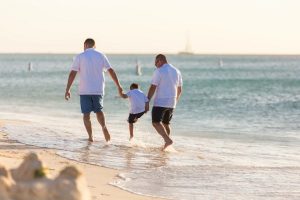
Able to speak from a point of authority both as a recipient and as an audiologist, Mark routinely works with CI clinics on the east coast and often finds himself counseling patients about the decision to receive a cochlear implant. Mark was recently recognized as Cochlear’s field team member of the year.


